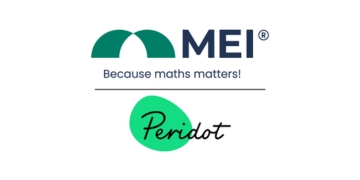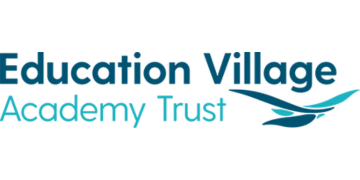By Sacha Finkle, Director of Delivery at NCFE
What I’ve learned is that we’re resilient, adaptable, and flexible. That gives me confidence that this time will be no different.
The latest apprenticeship reforms are significant. We’ve spent the last decade working with employers and apprentices to help them understand the benefits of independent end-point assessment (EPA). Independent EPA, developed following the 2012 Richard Review, has been a key part of apprenticeship assessment. Since its introduction, there has been a shift in perception and apprenticeships have become more valued, and their profile has increased.
The current system is costly, complex and in many cases has a negative impact on timely achievement for an apprentice waiting for end point assessment. We welcome the reforms in the hope they will solve these challenges.
Accountability and trust
In 2020, Ofqual introduced Centre Assessment Standard Scrutiny (CASS). This was to support the improvement of controls that awarding organisations have over centres – part of its overall strategy to ensure assessments consistently and accurately reflect the learner’s skills and knowledge.
The introduction of CASS was a response to perceived risks within delegated assessments to training providers, schools, and colleges, which could undermine standards and public confidence. Awarding organisations formalised controls to align with Ofqual’s conditions, where centres mark assessments to improve accountability and trust.
This balanced the need for flexible delivery with associated risks, ensuring learners’ awards accurately reflect their skills and knowledge in the subject and performance in assessments.
The right approach?
Yet have we found ourselves in a position where we’ve addressed one problem in two different ways?
Independent assessment contributed to raising the reputation of apprenticeships, but have we moved the issues from providers to end-point assessment organisations (EPAOs)? Are we confident that all apprenticeship assessment is comparable?
Why do EPAOs measure themselves on success rates when true success is with the provider and apprentice?

Could a CASS approach help?
Within a good quality CASS strategy, all assessors are quality assured internally, then again by External Quality Assurers (EQAs). This provides greater governance, consistency, and utilises multiple individuals in the approval process.
Good quality EPAOs have Internal Quality Assurance (IQA) processes, but this isn’t consistent across all and not as robust as what’s required within a CASS strategy.
Independent assessment has challenges. The approach can present an unfair view based on a short assessment, particularly within an observation of practice. This has risks when working in environments such as schools or care settings.
Where there is environmental unpredictability, this can lead to ‘staged’ assessments, where apprentices work with the most compliant group in the easiest scenarios. Does this show that employers have already decided on competency? Does it allow the apprentice to fully demonstrate their abilities?
Something else to consider is whether the policy environment has created unfair assessments for apprentices. For example, increased complexities when other, comparable qualifications such as T Levels don’t require costly independent assessment in the same way.
Independence is valued by employers, but would employers also value a CASS strategy if they fully understood the ecosystem around centre assessment and how quality and standards are maintained? Particularly if this approach provides reduced costs and complexities.
Demonstrating behaviours
Reforms have thrown up contention with ‘behaviours’ being moved to employers for approval. I’m confident in this approach. Once an apprentice reaches the end of their apprenticeship, they’ve been employed for at least 8 months.
Would employers retain staff who aren’t demonstrating the right behaviours? While I expect varying standards and can understand concerns, we need to recognise that behaviours in the current system are rarely assessed in silo.
Holistic assessment is commonly used, where behaviours are assessed alongside skills. In the new approach, behaviours will still be seen by the assessor, just not formally assessed. In many cases, you can determine that if an apprentice holds a skill, they’ll also hold the associated behaviour.
For example, an observation of practice for an early years educator includes behaviours such as care, compassion, honesty, trust, and integrity. These will be displayed across an entire apprenticeship, and it’s simply the employer who has final confirmation.
There’s a question about the burden for employers. I’d understand this if they were being asked for something beyond what’s already required. If we look at it another way, why don’t we incorporate these discussions within formal review cycles where the employer, apprentice, and provider discuss them together?
Change is coming, so what do we need to do?
To prepare for the move to the reformed apprenticeship standards, EPAOs will be working closely with providers to support them through the transition.
NCFE, for example, is offering a tiered assessment approach which will allow providers and employers to carefully move to centre assessment, if that’s what they choose.
Change is inevitable, and while it can be scary, I do think it’s for the right reasons. Ultimately, if more apprenticeships result in employment, and apprentices and employers benefit from developing the right skills and behaviours, these latest EPA reforms will be seen as a success.
For more information on how we’re supporting organisations like yours in navigating these changes with confidence, book a one-to-one consultation with a member of our team today.













Your thoughts